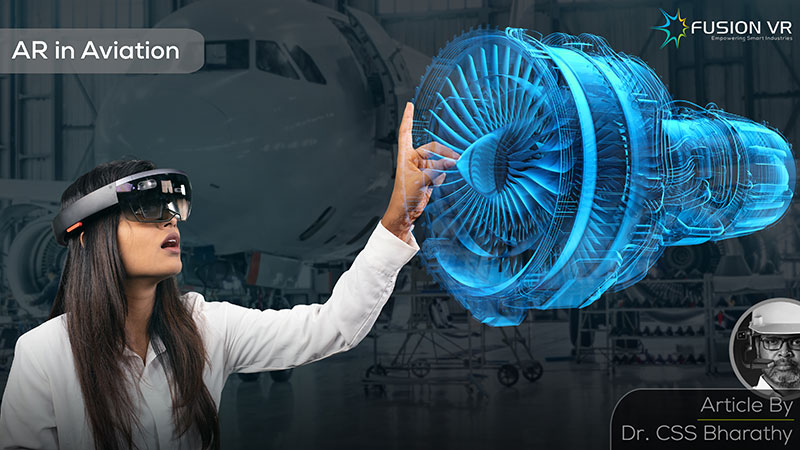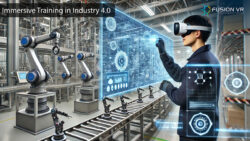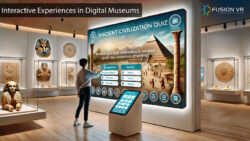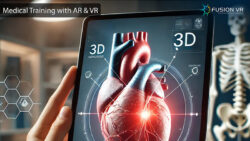Augmented Reality is rapidly changing the way the aviation industry would typically do its work. This is an industry sector of national importance that combines cutting edge technology, the highest safety standards, sophisticated training and top-notch customer service to conduct its business across the globe. This is a unique industry that is always in the public eye, depending a lot on government regulation and is subject to public criticism from all when things don’t go well. So, buckle up for this ride on how AR in aviation is making things easier and better for the hard-working staff in the aviation industry.
AR is deployed for aviation applications with a range of devices such as smartphones, tablets and headsets such as Magic Leap and Microsoft HoloLens. There are many use cases for augmented reality in aviation and its adoption has been quite rapid across the industry.
AR is now extensively used in the construction, and maintenance of aircraft and helps troubleshoot issues with expert guidance. Lockheed Martin’s AR technology is helping NASA to accelerate the construction of spacecraft. Technicians wear AR goggles that help accurately position hundreds of components for the assembly of aircraft engines, along with step by step instructions for proper task completion. Mistakes are avoided even before they happen and multi-sensory cues are provided to ensure everything is done perfectly. This reduces waste and improves quality. AR Wearables also frees up a technician’s hands and let them do their work without taking their eyes off the task they are engaged in.
Airplanes as you know well are highly complex and sophisticated machines that need the expertise and skills of many engineers and technicians to deliver a smooth and comfortable flight experience. They also need to be built to operate safely and reliably. To ensure such outcomes, applications for augmented reality in aviation maintenance are being designed to provide detailed instructions for the quick investigation and resolution of complex technical issues. Airbus, for example, has been using AR on tablets to inspect brackets in their A380 aircraft for a long time. This saves time when inspecting thousands of such items. Expert guidance, leadership support and decision making with real-time information are just a click away with AR.
Growth of AR in Aircraft Maintenance
AR also helps pilots with in-flight information that enables an overall safer flying experience. Donning an AR headset with a visor that displays information, the pilot is guided to complete all the pre-flight checks required for safe takeoff. It also provides reminders on operational checks and communications to be made to ground staff, crew and passengers. AR technology also helps to provide guidance for helicopter pilots in low visibility situations and helps them pilot their craft safely. AR aviation headsets now come with the ability to provide 360-degree head-mounted display (HMD) capabilities compared to uni-directional heads-up displays (HUD) found in commercial aircraft.
AR applications are not just to train civilian pilots, but also air force pilots for combat situations. Inflight For example, AR systems developed by a company called Red 6, train fighter pilots in mid-air combat by simulating dogfight scenarios with enemy aircraft. This is now done by pilots wearing a specially designed AR helmet with a visor. Pilots in mid-air are trained to respond to simulated threats from enemy aircraft which are evaluated. Practicing manoeuvres with real enemy aircraft is expensive and risky. Pilots flying solo doing these simulated exercises, repeat them multiple times to develop the necessary preparedness and muscle memory to combat effectively in life or death situations.
Overall, AR is an exciting technology that is helping to save, time, cost and deliver better results. AR augments and enhances the human capabilities and the safety of pilots and passengers. In addition to the use-cases described earlier, there are many more that will harness the power of an AR platform for benefit of mankind. The growth of augmented reality in aircraft maintenance is a good example of how this technology is catching on. If you are involved in a leadership or technical capacity in the aviation industry, it is now time to reach out to the experts and AR solutions providers to help identify pain points and develop use cases for your company. We urge executives to incorporate AR technology in their strategic growth plans for their organization’s growth and success in the 21st century.





